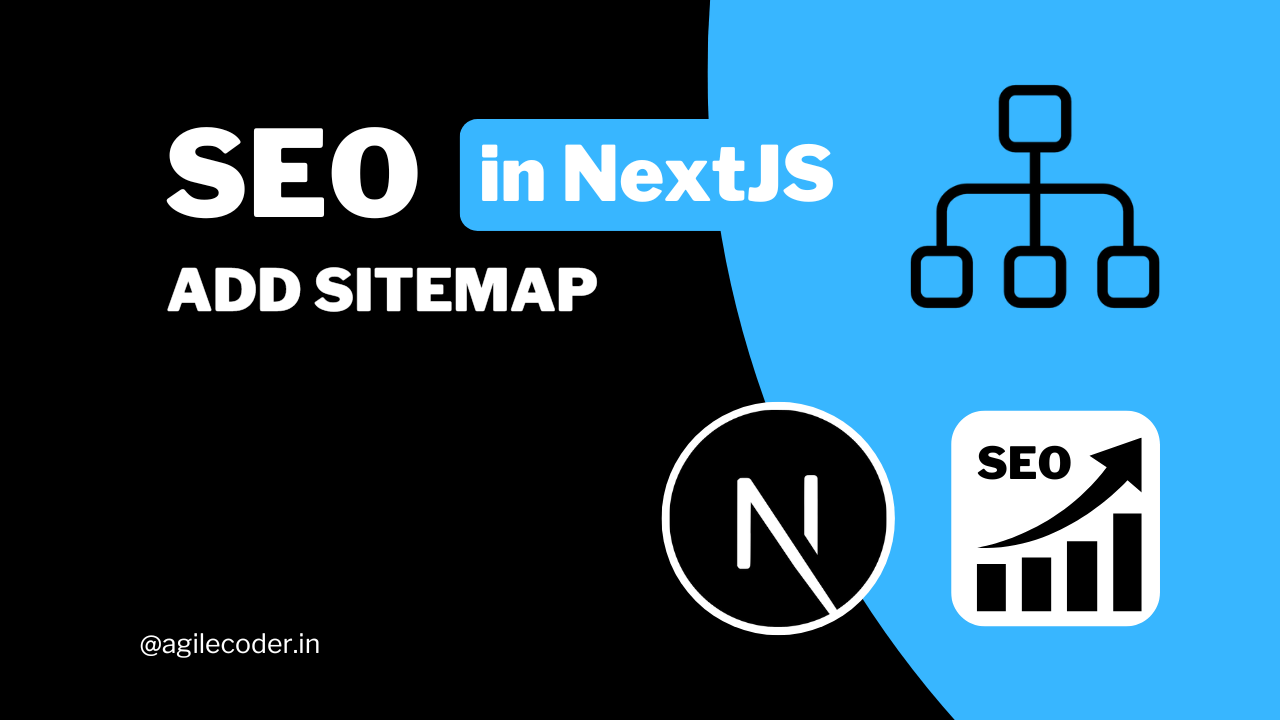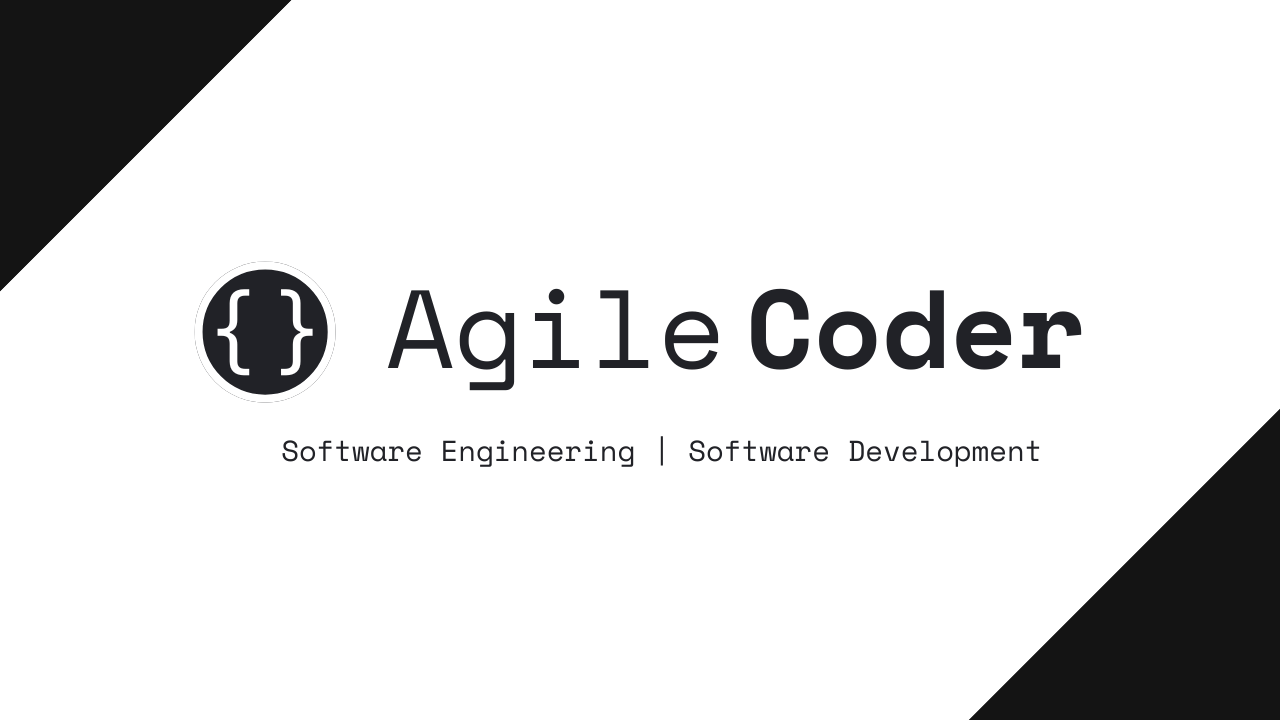ReactJS: Explore the Use Cases & Key Features
Discover the power of ReactJS! Explore its key features, like reusable components and virtual DOM, and see how it's used to build dynamic, real-world applications in web development. Perfect for beginners and experts alike.

ReactJS is a JavaScript library for building user interfaces. React claims it is:
- Declarative - Declarative views make your code more predictable and easier to debug.
- Component Based - Encapsulated components that manage their own state, then compose them to make complex UIs.
- Write Anywhere - React can also render on the server using Node and power mobile apps using React Native.
History of ReactJS
ReactJS, one of the most popular JavaScript libraries today, has a fascinating history of innovation and evolution. Let’s explore its journey:
- Origin at Facebook (2011) - Facebook engineers faced challenges in maintaining dynamic and performant UIs, especially with complex data flows in their growing applications like the News Feed. Jordan Walke, a software engineer at Facebook, created the first prototype of React called "FaxJS," inspired by XHP (an HTML component library for PHP)
- React Goes Public (2013) - React was officially introduced at JSConf US in May 2013. Initially, developers were skeptical due to the concept of JSX (embedding HTML in JavaScript), which was unconventional at the time. React emphasized a declarative programming model and component-based architecture, which simplified UI building and maintenance.
- Adoption and Ecosystem Growth (2014-2015) - ReactJS became open-source, allowing developers worldwide to contribute and adopt it. In 2015, Facebook extended React's principles to mobile development with React Native, revolutionizing cross-platform app development.
- Introduction of Key Features (2016-2019) -
React Fiber (2017): A complete rewrite of React's core algorithm to improve performance, especially for animations and complex UIs.
React Hooks (2019): A groundbreaking update that simplified state and lifecycle management without needing class components. - Dominance in Modern Development (2020-Present) - React continues to evolve with enhancements in features like concurrent rendering, server-side rendering (SSR), and integration with frameworks like Next.js. Widely adopted by major companies (e.g., Facebook, Netflix, Airbnb) and developers globally, ReactJS remains at the forefront of modern web development.
Architecture & Design
If you are starting a react project in 2024, then you should know these libraries and opinions to make the best out of your React Project
Starting a React Project in 2024: Best Practices & Tools
Stay ahead in 2024 with the latest tools and best practices for React development. From choosing between JavaScript and TypeScript to leveraging modern build tools like Vite, this guide covers everything you need to know to build efficient, scalable React applications.

Why you shouldn’t use Create React App in 2024!
With Create React App (CRA) deprecated, it’s time to explore modern alternatives for React projects. This post examines CRA’s limitations and introduces faster, more efficient tools like Vite, Next.js, and Remix that enhance performance, optimize builds, and improve the development experience.

Why Monorepo Architecture? A Guide to Streamlining Code Management
As modern software systems grow in complexity, so does the challenge of managing code across multiple projects, dependencies, and teams. A strategy that’s gaining popularity to address these challenges is monorepo architecture. This approach brings multiple projects, services, and components together in a single code repository, streamlining development workflows, improving

Deployment
The Best Ways to Deploy React/Next.js Apps for Free
Deploy your React and Next.js projects for free with platforms like Vercel and Netlify! These services offer seamless integration, automated deployments, and custom domains, making it easy to showcase your pet projects. Learn how to get your apps live and why it’s important for your portfolio!

Search Engine Optimization
SEO for Next.js: How to Add a Sitemap
Improve your Next.js website’s SEO by adding a sitemap. This guide covers the benefits of sitemaps, details how to generate one using the next-sitemap package, and explains how to submit it to Google Search Console and Bing Webmaster Tools to enhance your site’s visibility in search results.

SEO for Next.js: How to Optimize Your Application for Search Engines
In this article, learn how to optimize SEO in Next.js by managing metadata and Open Graph properties for better social media previews. We also cover the importance of server-side rendering to boost search engine ranking and engagement, using simple yet effective techniques.

For More information on SEO in general visit this page -
Search Engine Optimization (SEO)
Search Engine Optimization (SEO) boosts website visibility on search engines, increasing organic traffic. Explore tutorials and tips on mastering SEO for React and Next.js applications!

Creating Games
PhaserJS is an excellent framework for creating web-based games. It supports WebGL as well.
The Right Way to Set Up Phaser in ReactJS
Learn how to seamlessly integrate Phaser with ReactJS in this step-by-step guide. Whether you’re building interactive games or adding game elements to your web app, this tutorial will ensure smooth performance and clean, maintainable code.


